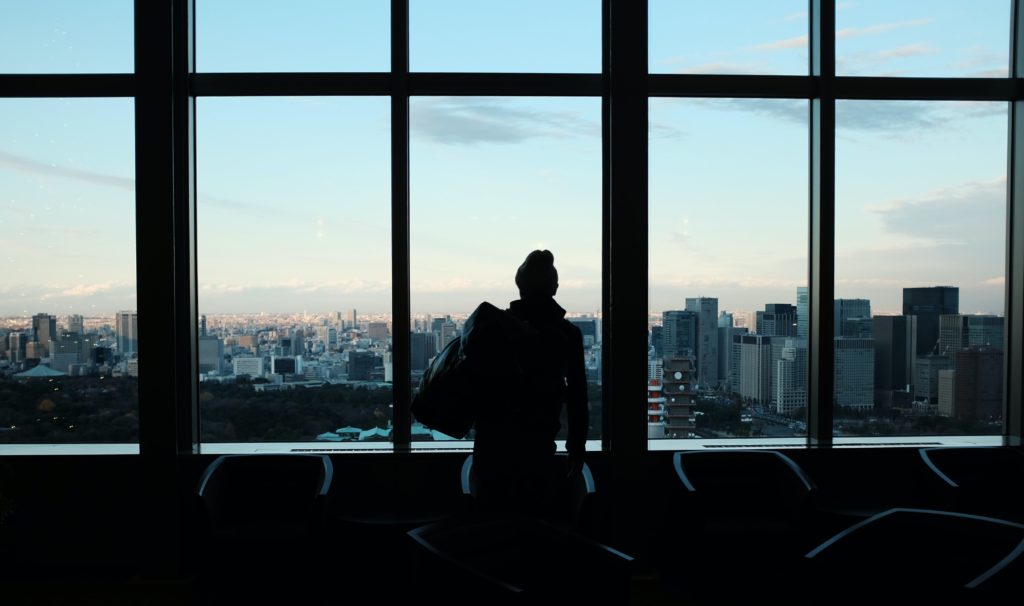It’s time to end the stigma around millennials.
Millennials are now the largest generation in the U.S. workforce according to Pew Research Center. And, let’s face it, they’ve grown up. Maybe they’re still buying avocado toast … but they are all over the age of 26 now.
Some in older generations consider millennials to be entitled. As a millennial myself, I couldn’t disagree more. That “entitlement” is being confused with energy and drive. That energy and drive is what is going to run your company one day.
Where should your company focus be? Where this next era of leaders is.
Here’s the problem: Millennials have traveling souls. A recent Gallup report said 21% of millennials have changed jobs within the past year, which is more than three times the percentage of non-millennials who report the same. Not only that, COVID-19 proved that just about anyone can do his or her job from home.
What is going to attract talent to your company? The lifestyle in your city and the culture at your company. People are flocking from the coasts to the Midwest due to cost of living and job opportunities.
This is the time to pounce, and here are some tips on how to get your millennials to stick around long term.
Environment
This one’s especially important for those who are returning or have already returned to the office.
Driven people in other age groups grew up dreaming about that big office to themselves with their name on the door. Something that makes them feel respected and important.
Not anymore. Many millennials work best in collaborative, open working spaces. Yes, that creates a challenge in the era of COVID-19, but as long as your space allows it, you can distance desks and require masks when walking around or working in a team meeting.
Conference rooms might look a little different too. Make sure you have plenty of whiteboard space for idea generation and also make sure your conference room is set up with the right technology to patch people in for meetings. Zoom isn’t going away even after the pandemic has passed.

If you’re wondering how to keep your employees productive with this model, there are plenty of options for engagement. Create “zones.” Maybe it’s that quiet corner of the office out of view with bean bags on the floor. Maybe it’s an old-school phone booth for people to take calls. Maybe it’s letting an employee go work at a coffee shop to hammer something out. There’s flexibility here, but the most important thing — you’re creating a culture.
Work-Life Balance
Mental health is just as important as physical health. If you’re overworking employees, they are going to suffer. Therefore, their work suffers, and your company suffers. Let the creativity flow when it’s important. Recognize it can’t be 24/7.
Every worker in the world caught a glimpse of this in 2020. When Zoom calls let you “enter” someone’s home, you heard the dogs barking in the background, the kids running around. That’s what a life is outside of work. That doesn’t mean they won’t be hard workers for you.
While on the topic of mental health, have you worked with your insurance company to see what mental health benefits are offered to your employees? Make sure those are heavily communicated; it’s been a traumatizing year for everyone.
If you want to go the extra mile, offer employees something as simple as a subscription to something like the Calm app. It just shows you care — and they will feel a sense of belonging.
Engagement
There’s something about a community in a workplace. A work “family” is created by trust, hard work and energy. Bonds like that are hard to break and hard to leave. Reward hard work by executing regular activities, happy hours, holiday celebrations and, yes, time off.
Let’s address conflicts in the workplace. It isn’t always sunshine and roses. This comes from the leadership at the very top. How are conflicts being handled? Are you checking in with your employees? If they don’t feel like their leaders are taking care of things, they’re already applying for the next job.
Growth Opportunities
Sure, you tell everyone who comes in they will have room for growth, but do they really? Most millennials can see right through that now, and that’s why they don’t stay long. Hone in on employees’ strengths and weaknesses. What are their “superpowers”? Identifying that and communicating a sense of security is an offer not many can refuse. Check in and see how they feel. Are they feeling valued at this company? How can you make that happen?
Experiences  With places around the country slowly reopening, conferences and travel may be in the future again. If your employees know they can look forward to some jet time, they’ll be more likely to stay at a job longer without the urge to explore other places…and other jobs. Employees should be attending one to three conferences a year to sharpen their skills. Each industry is constantly changing, and your employees need to stay up to date. If you don’t believe that, ask yourself if any of the key points in this article surprised you.
With places around the country slowly reopening, conferences and travel may be in the future again. If your employees know they can look forward to some jet time, they’ll be more likely to stay at a job longer without the urge to explore other places…and other jobs. Employees should be attending one to three conferences a year to sharpen their skills. Each industry is constantly changing, and your employees need to stay up to date. If you don’t believe that, ask yourself if any of the key points in this article surprised you.
Sure, some employees will leave when another opportunity suited best for them comes. It’s just business. However, if you’re creating a plan like the above, it will be a lot harder for an employee to leave. Take the risks. Make the leap.
 Lexi Ryan is Thinking Bigger’s PR and digital content specialist. “A PR guru with a passion for connecting with others and maintaining those relationships,” Lexi is president of the KC International Association of Business Communicators and a 2020 KC IABC Rising Star. To connect with her regarding Thinking Bigger partnerships or advertising, email lexi@ithinkbigger.com or call (816) 877-7076.
Lexi Ryan is Thinking Bigger’s PR and digital content specialist. “A PR guru with a passion for connecting with others and maintaining those relationships,” Lexi is president of the KC International Association of Business Communicators and a 2020 KC IABC Rising Star. To connect with her regarding Thinking Bigger partnerships or advertising, email lexi@ithinkbigger.com or call (816) 877-7076.

